Purple: A Colour That Unites
In the world of advocacy and awareness, Purple has become a hue representative for a tapestry of causes and messages. At "Wear It Purple," we understand that purple carries many stories and signifies many days of importance, and we're here to celebrate that beautiful diversity!
But firstly, why Purple for "Wear It Purple" Day?
You may be curious about why we chose purple for our cause but before we reveal this let’s take a quick trip down memory lane. Wear it Purple was founded by high-school students in 2010 in response to global stories of real teenagers, real heartache and their very real responses. In 2010, several rainbow young people took their own lives following bullying and harassment resulting from the lack of acceptance of their sexuality or gender identity.
But back to the big question we often get asked - why purple? Well, one of our founders Katherine Hudson stated that she "...saw purple as a way of bringing people together from all different backgrounds and creating one thing…a symbol of unity...”. And to this day we couldn’t agree more!
Sharing the love of Purple with Other Causes
In recent times we have been contacted regarding the fact that purple is also associated with other important causes. Awareness for Epilepsy, Fibromyalgia, Alzheimer's, Spirit Day, Pancreatic cancer and many other important causes (and of course ourselves at Wear It Purple) all have a shared love for not just a colour but also for making a difference.
Sharing the colour purple with various causes is a testament to its versatility and its power to bring people together. It's a reminder of the interconnectedness of our shared values and our collective goal of making the world a better place.
Purple and it’s ties to LGBTQ+ history
Serendipitously, the colour purple throughout history, and its vibrant cousin lavender, have been tied closely to queer rights and liberation.
Lavender, in particular, became synonymous with the LGBTQ+ community during the mid-20th century. It emerged as a symbol of love and solidarity amidst the challenging times of discrimination and persecution. The term "lavender scare" was even coined to describe a period of time where the U.S. government targeted and purged LGBTQ+ individuals from federal employment. Despite the adversity, relationships and alliances emerged as a source of strength, much like the colour itself. In the face of adversity, the LGBTQ+ community and its allies found solace and unity in lavender, but the connection to the colour doesn’t end there.
1950s
Photo Description: A protest again the Lavender Scare. A man holds a sign saying “fifteen million US homosexuals protest federal treatment”.
Another captivating facet of purple's connection to LGBTQ+ history is the Lavender Menace, a term that emerged during the feminist and lesbian movements of the 1960s and 1970s. It was a spirited response to the perception that lesbian feminists were a threat to the broader feminist movement. Rather than being deterred, they reclaimed the term "Lavender Menace" with pride, turning it into a symbol of their strength and unity.
1970
Rita Mae Brown, an author in the front of this photo, helped coin the term “Lavender Menace”. Photo Description: 5 people sit on varying levels on some steps outside of a shop. (Roger Ressmeyer/Getty Images)
In the mid 1970s, a Lavender Rhino became a symbol of LGBTQ+ visibility in Boston. Initially part of a public ad campaign by Gay Media Action-Advertising to promote LGBTQ+ visibility, the campaign faced controversy when the price for displaying the Lavender Rhino ads on public transportation tripled. Despite opposition, the Lavender Rhino became an enduring symbol of protest and resistance, ultimately gracing Boston's Pride marches and even leading to the raising of a Lavender Rhino flag at Boston City Hall in 1987.
1974
These images capture the papier-mâché Lavender Rhino that participants proudly pushed along the route of Boston Pride in 1974. Photo Description: A large Lavender Rhino is on a float in a pride march. There is a sign which states “A lavender rhinoceros is not imposterous”
Today, we remember this history, recognising that purple and its various shades have been, and continue to be, symbols of resilience and love for the LGBTQ+ community and its allies worldwide.
What truly matters is not just the colour itself, but the visible show of support and solidarity that wearing purple on the last Friday in August demonstrates to LGBTQ+ young people. So, with WIPD just 2 days behind us, continue to Wear your Purple with pride and carry the commitment of celebration towards LGBTQ+ youth 365 days a year.



